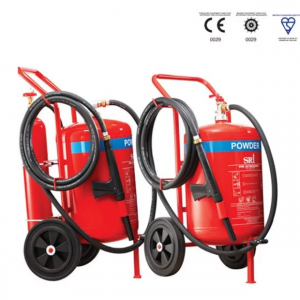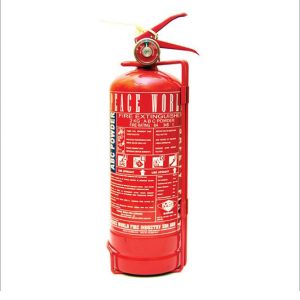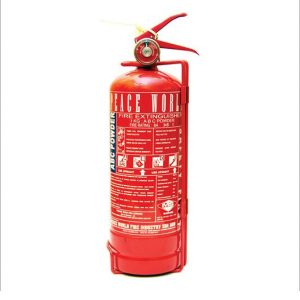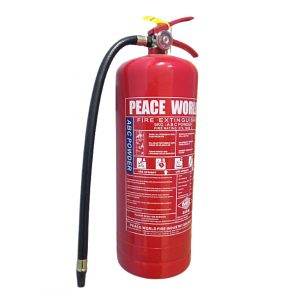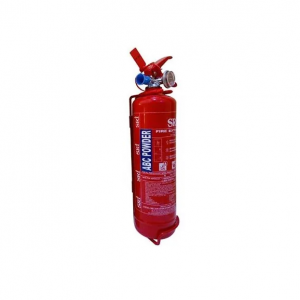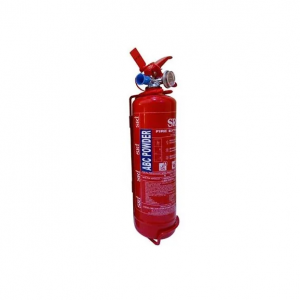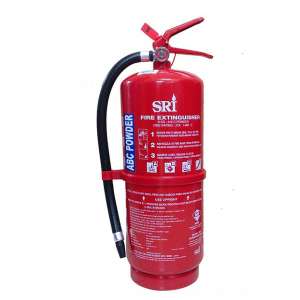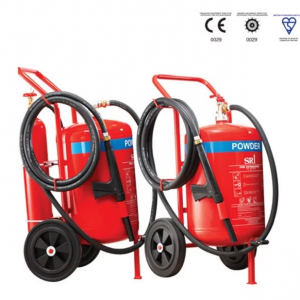Fire Safety for Data Centers: Unique Challenges and Effective Solutions
Data centers are the backbone of our digital economy, housing critical information and supporting essential services across various industries. Ensuring the safety and continuity of these facilities is paramount, with fire safety being a top priority. This article delves into the fire safety data centers according to their unique fire safety challenges and explores effective solutions strategies to address them.
Unique Fire Safety Challenges in Data Centers
1. High-density equipment: Data centers are filled with high-density racks of servers, storage devices, and networking equipment. This concentration of electronic equipment increases the risk of overheating and fire.
2. Continuous operation: Data centers operate 24/7, making it challenging to perform maintenance without causing disruptions. Fire safety systems must be designed to function seamlessly without requiring frequent shutdowns.
3. Sensitive and high-value assets: Traditional fire suppression methods, such as water-based systems, can cause significant damage to these assets.
4. Rapid fire spread: The extensive cabling and airflow systems necessary for cooling can facilitate the rapid spread of fire. Fire can move quickly through cable trays and underfloor spaces if not promptly detected and contained.
5. Limited human presence: Data centers often operate with minimal human presence, relying heavily on automated systems. This means early fire detection and automatic suppression are crucial, as there may not be personnel on-site to respond immediately.
Fire Safety Solutions for Data Centers
1. Early detection systems
Advanced fire detection systems can detect the presence of smoke or particulates at a very early stage, allowing for prompt intervention before a fire develops.
2. Pre-action sprinkler systems
While water is generally not preferred in data centers, pre-action sprinkler systems offer a balanced solution. These systems require two triggers before releasing water, reducing the risk of accidental discharge. Additionally, they provide an extra layer of protection when combined with other suppression systems.
3. Redundant fire safety systems
Data centers should have redundant fire safety systems to ensure continuous protection. This includes having multiple layers of detection and suppression, as well as backup power supplies for fire safety equipment.
4. Fire compartmentalization
Dividing the data center into separate fire zones can help contain a fire to a specific area, preventing it from spreading throughout the entire facility.
5. Regular maintenance and testing
Routine maintenance and testing of fire safety systems are crucial to ensure their reliability. Inspecting electrical systems, cleaning dust buildup, and testing fire suppression systems are crucial.
6. Emergency response planning
This plan should include detailed procedures for fire detection, suppression, evacuation, and recovery. Regular drills and training for staff and stakeholders are necessary to ensure preparedness.
Conclusion
Fire safety in data centers presents unique challenges that require specialized solutions. By implementing effective solutions, data centers can maintain uninterrupted operations and provide the security and reliability that modern businesses and society depend on. Ensuring the fire safety of data centers is not only about protecting physical assets but also about safeguarding the vital data and services that drive our digital world.
Call us now at +603-7831 4791 or click here to schedule your free consultation. Your safety is our mission – let’s achieve it together.



